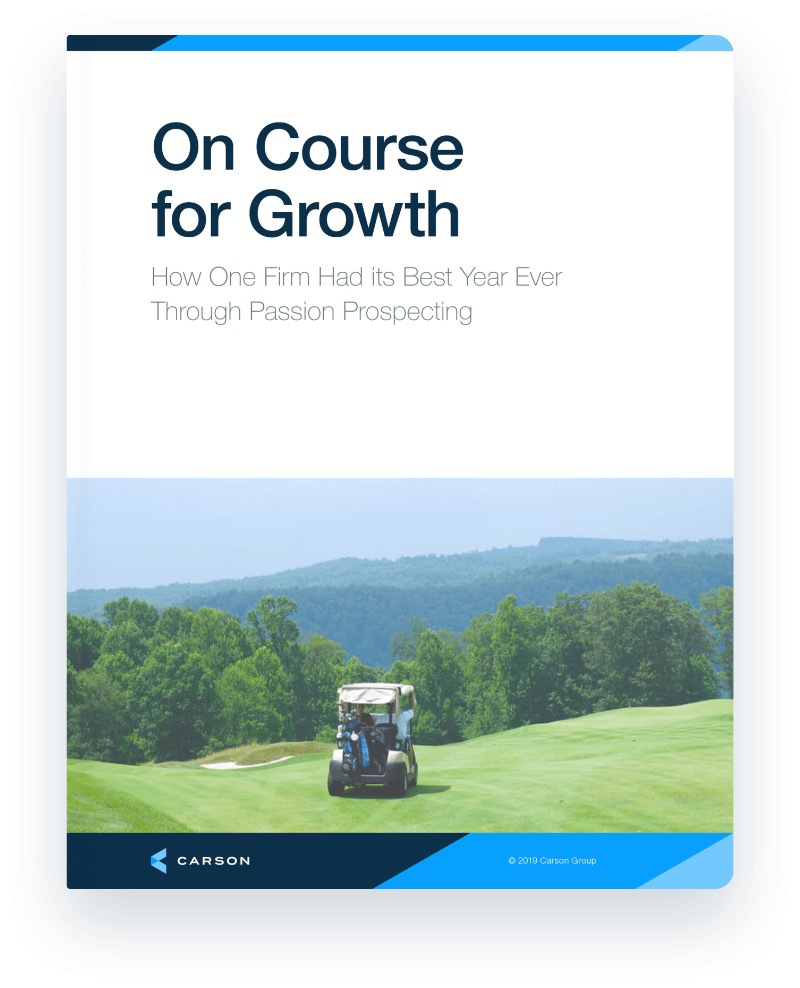One of the biggest debates in the investment world right now is the question of whether investors are better served by active or passive approaches. Each camp makes passionate arguments for their side, but for now passive investing is winning the battle by gathering the majority of assets over the past few years. The disheartening aspect of the current debate is that it is often framed as an all-or-nothing proposition. The reality is investors could benefit by understanding the positives and drawbacks of each approach and creating a solution that incorporates the best of both worlds.
Until fairly recently, active management has ruled the roost. Its key advantage is flexibility. Active managers aren’t forced to buy all of the stocks in the index. Why would you want to own an expensive, poorly run company with too much debt if you don’t have to? They also have other tools available to manage risk (hedging, raising cash, etc.).
The passive method was pioneered by John Bogle based on his belief that buying and holding the broad stock market would provide better results than picking individual stocks. Recently this has proven true. Several articles over the past few years have highlighted that the majority of stock pickers have not kept up with their benchmarks, leaving many investors wondering what advantages are gained from paying high fees to active managers? Lower fees are in fact one of the most touted benefits of passive investing since there is no need to pay expensive researchers to analyze securities. Higher fees for actively managed strategies are a large contributor to lagging returns for the average manager.
However, it is important to remember that passive approaches are not a silver bullet for true underperformance. Yes, it’s true you can’t underperform the benchmark if you are invested in a passive strategy. But, what matters more is whether or not you underperform your long-term investment goals and requirements, which probably have nothing to do with beating the benchmark. In fact, what is often lost in the discussion is that while many active managers have not kept up with their benchmark in the recent bull market. It’s true that fees eat into potential returns, especially when compounded over time. But, these higher fees pale in comparison to a bigger mistake that passive approaches make easier: trying to time the market. Let’s face it, there are very few aspects of life where humans are truly passive. We like to be in control. With a passive strategy, the only lever we can control is whether or not we are invested in the market, making passive approaches particularly vulnerable to emotional decisions that can cost us dearly over the long run. DALBAR’s Quantitative Analysis of Investor Behavior shows year in and year out that the greatest losses occur because investors jump in and out of the market at exactly the wrong time.
If you choose a passive approach, it’s important you incorporate the benefits of active management to help mitigate the pitfalls that could lead to underperforming over the long run, especially in a market environment that could be very different than the one experienced over the past several years where passive approaches have shined. Make sure you have someone to keep you from trying to time the market, make sure you are saving enough, and appropriately diversified, all things an active manager thinks about constantly. Likewise, if you decide to use an active approach, make sure that you incorporate the advantages of passive, specifically looking for a manager that is transparent with fees, so you know exactly what you are paying for. Avoid expensive hedge funds that don’t hedge, and avoid managed funds that hold 225 stocks in an attempt to mimic the benchmark but still collect fees that are 2-3x higher. In short, don’t think of the active versus passive debate as one or the other. Try and use the best of both worlds.
Content in this material is for general information only and not intended to provide specific advice or recommendations for any individual. All performance referenced is historical and is no guarantee of future results. All indices are unmanaged and may not be invested into directly. No strategy assures success or protects against loss.








